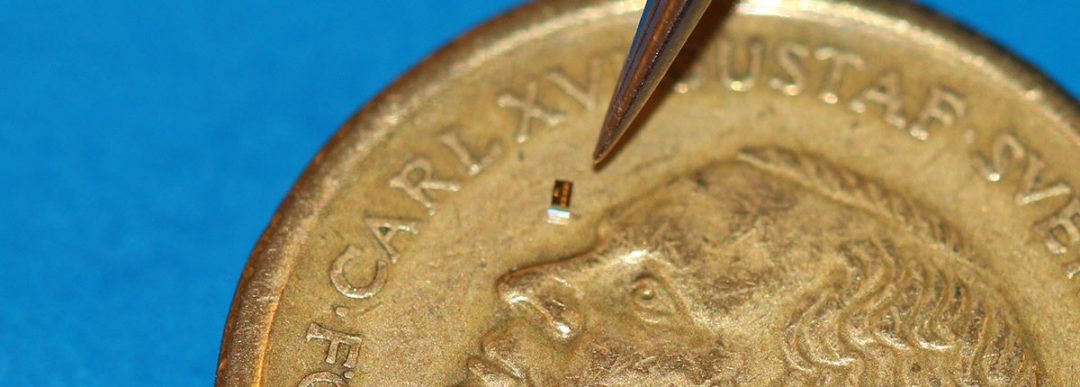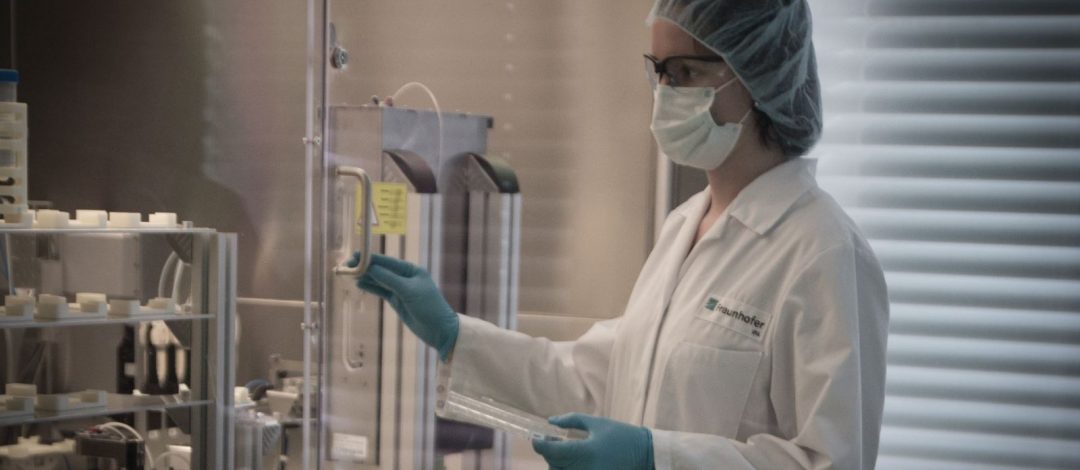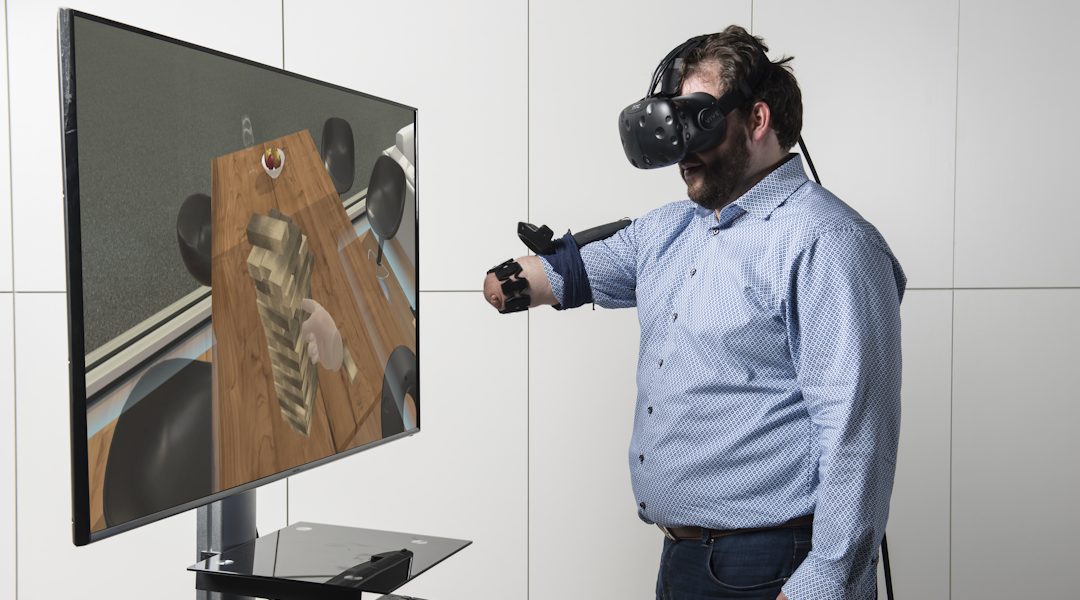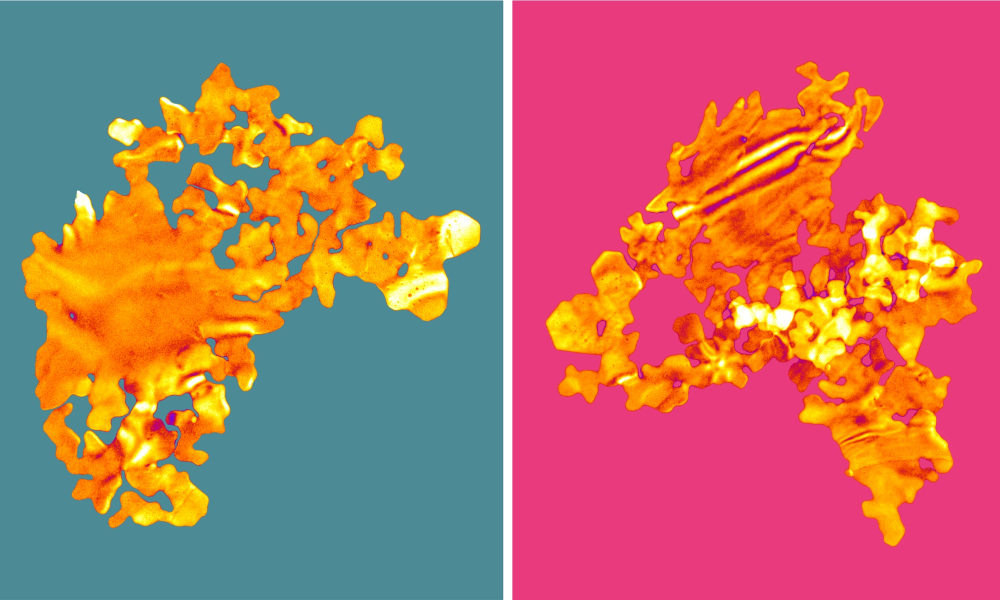Graphene forms the basis of the world’s smallest accelerometer a team of scientists in Sweden and Germany has recently developed


Graphene forms the basis of the world’s smallest accelerometer a team of scientists in Sweden and Germany has recently developed

An on-chip multi-wavelength IR sensor that can measure the thermal spectrum of matter.

Researchers from Chemnitz University of Technology have printed flexible and lightweight polymer speakers.

German researchers are developing a technology that produces cell-based biosensors that could give machines a sense of smell.

New hydrogels from magnetic photonic crystal units combine the advantages of structural colour and the flexibility needed for biological applications.

How can humans and the machines work together and mutually adapt to one another?

The latest advances and perspectives for the future of melt electrowriting (MEW) technology.

In this WIREs Water review, the authors appraise the effectiveness with which emerging technologies and tools can (or cannot) be used to semi-automate the geomorphic analysis of rivers.

A fully printed, wireless, stretchable, implantable biosystem that offers batteryless, real-time monitoring of cerebral aneurysm hemodynamics is developed.

Gold “nanoseaweeds” exhibit high efficiency as heterogeneous nanocatalysts and peroxidase-mimicking nanoenzymes.